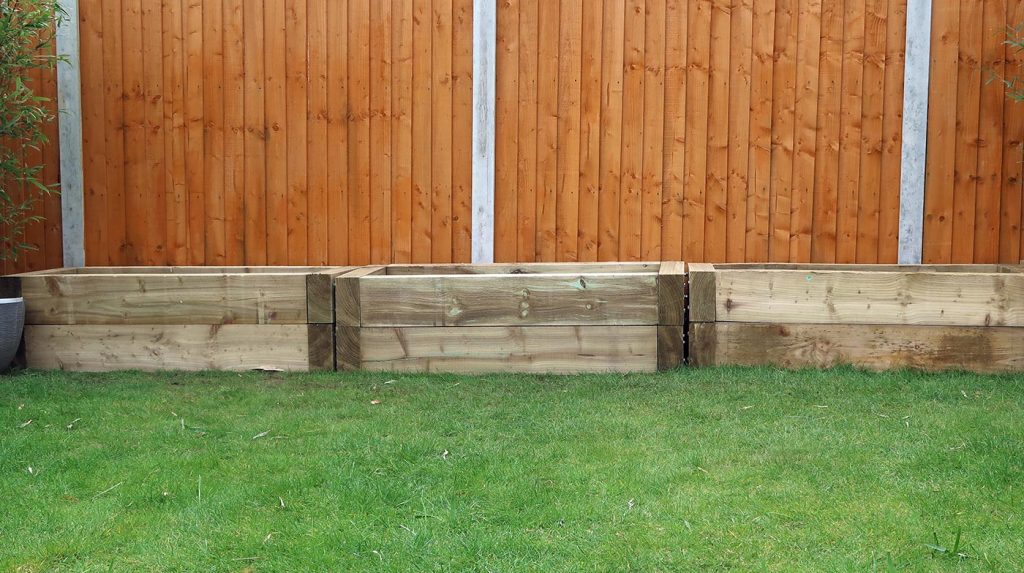The Benefits and Uses for Vegetable Patches and Wooden Planters

Plant liners are an essential accessory for any vegetable patch or wooden planter. They offer numerous benefits that can improve the health and longevity of your plants. In this article, we will explore the advantages of using plant liners and how they can be used in vegetable patches and wooden planters.
What are plant liners?
Plant liners are typically made from materials such as fabric, plastic or natural fibres, and are designed to line the inside of planters or raised garden beds. They provide a protective layer between the soil and the container, preventing soil erosion and improving drainage. Plant liners can also be used to create a barrier between the soil and any potentially harmful materials, such as treated wood or concrete.
Benefits of plant liners
- Improved drainage
One of the primary benefits of using plant liners is improved drainage. Without a liner, water can become trapped in the soil, causing root rot and other issues. A liner helps to keep the soil moist, but not waterlogged, which can lead to healthier plants.
- Soil erosion prevention
Plant liners can also prevent soil erosion in raised garden beds or wooden planters. Soil erosion can occur over time as water runs through the soil and washes it away. By lining the planter or bed, the soil is kept in place, reducing the risk of erosion.
- Protection from harmful materials
Plant liners can provide protection from potentially harmful materials, such as treated wood or concrete. These materials can contain chemicals that can leach into the soil, which can be harmful to plants and even to humans if the plants are consumed. A liner provides a barrier between the soil and these materials, ensuring that your plants are not exposed to harmful chemicals.
- Improved longevity
Using plant liners can also improve the longevity of your planters or raised garden beds. By preventing soil erosion and waterlogging, the liner can help to extend the life of the container, reducing the need for replacements.
Uses for plant liners
- Vegetable patches
Plant liners are an excellent choice for vegetable patches, as they can improve the quality of the soil and prevent soil erosion. By creating a barrier between the soil and any potentially harmful materials, you can ensure that your vegetables are safe to consume.
- Wooden planters
Wooden planters are a popular choice for many gardeners, but they can be prone to rotting and water damage. Using a plant liner can help to prevent these issues, extending the life of the planter and ensuring that your plants remain healthy.
- Raised garden beds
Raised garden beds are another great option for vegetable patches, but they require careful attention to drainage and soil quality. A plant liner can help to improve drainage and prevent soil erosion, ensuring that your raised garden bed remains healthy and productive.
Conclusion
Plant liners are an essential accessory for anyone with a vegetable patch or wooden planter. They offer numerous benefits, including improved drainage, soil erosion prevention, protection from harmful materials, and improved longevity. By using a plant liner, you can help to ensure that your plants remain healthy and productive, while also extending the life of your containers.
If you’re interested in buying plant liners, you can find a wide range of options by viewing our online store, including different sizes and materials to suit your needs. Click here to browse our selection and find the perfect plant liner for your vegetable patch or wooden planter. Whether you have a small herb garden or a large vegetable patch, a plant liner is a simple but effective way to improve the health and longevity of your plants.




